Did you know Mr. Bean appeared in Olympic history’s most-watched social media clip?
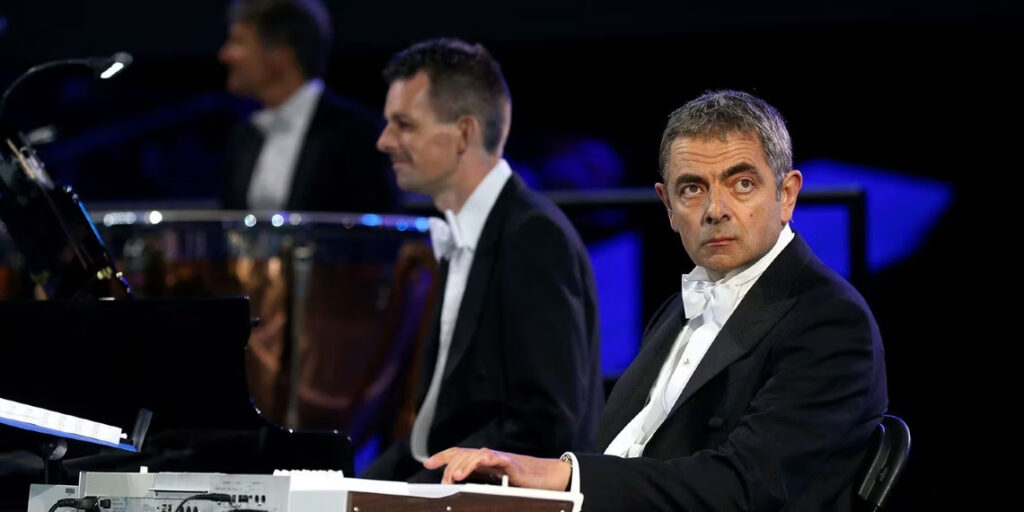
I didn’t, but according to Andy Miah, Chair in Science Comms & Future Media, University of Salford, Manchester, Rowan Atkinson’s appearance with the London Symphony Orchestra during the 2012 Olympic Games is the # 1 clip on the Olympic YouTube channel. (I haven’t checked, but I will take his word for it.)
What about the most-watched television event in the world?
At the time of its showing, the Beijing Olympics’ Opening Ceremony in 2008 from the Beijing National Stadium – better known as the Bird’s Nest – was the main stage for the program that garnered over two billion viewers for four hours of broadcasting of the 15,000 performers from all over the world. The ceremony, the most-watched television event in history, occurred on Friday the 8th, 2008, at 8 pm – the prominence of the number eight being its association with prosperity and confidence in Chinese.
The 2024 Olympic Opening Ceremonies are looking to set new records and already have the first-ever ceremonies occurring outside of a stadium. Last week at SportAccord in Birmingham, UK, Pierre Galy, Head of Sports, Agence France-Presse and Yannis Exarchos, Chief Executive Officer, OBS, and Executive Director, Olympic Channel, shared their plans to cover and broadcast this spectacular event.
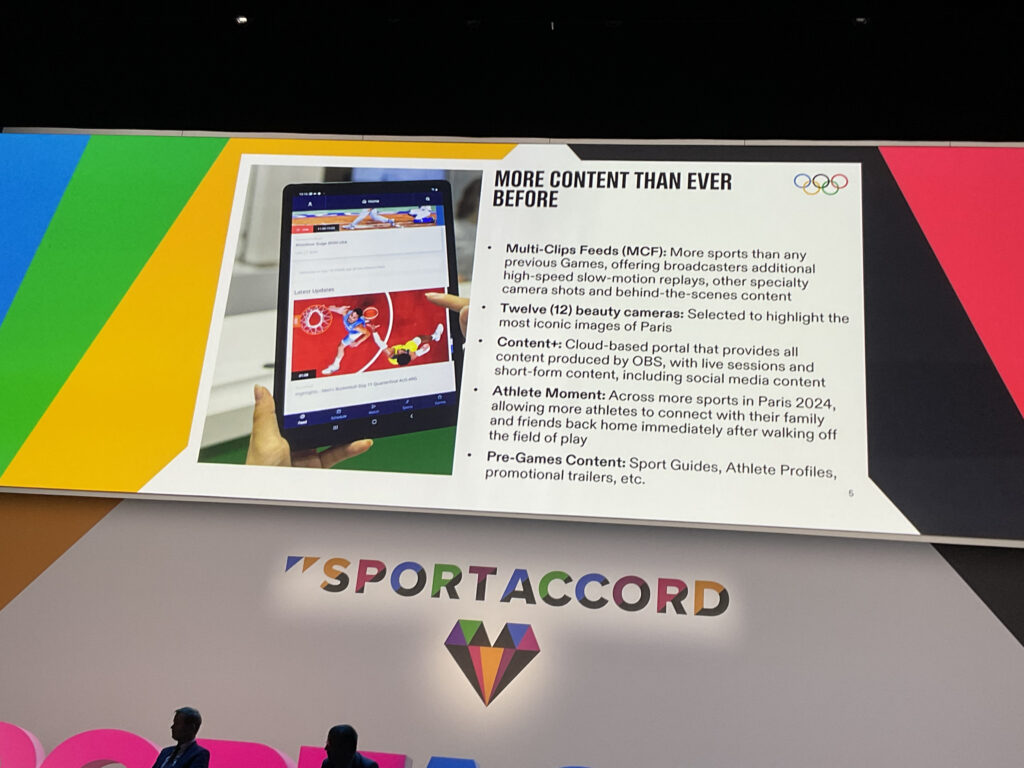
The event is fitting for what promises to be the most immense Olympic Games ever.
Over 10,000 athletes will be ferried by 160 boats on a 6km route passing by famous landmarks, including the newly renovated Notre Dame Cathedral, and ending at the Eiffel Tower. The river parade will follow the course of the Seine, from east to west, departing from the Austerlitz bridge beside the Jardin des Plantes and passing around the two islands at the city’s centre (the Île Saint Louis and the Île de la Cité) before passing under several bridges and gateways. Athletes on board the parade boats will get glimpses of some of the official Games venues, including Parc Urbain La Concorde, the Esplanade des Invalides, the Grand Palais, and lastly, the Iéna Bridge, where the parade will come to a stop before the ceremony finale at the Trocadéros.
Several hundred thousand spectators will be watching from the shores as boats stream past (like my pun) and augmented by over eighty onshore screens. The original plans for two million live spectators are in flux due to logistical and security concerns.
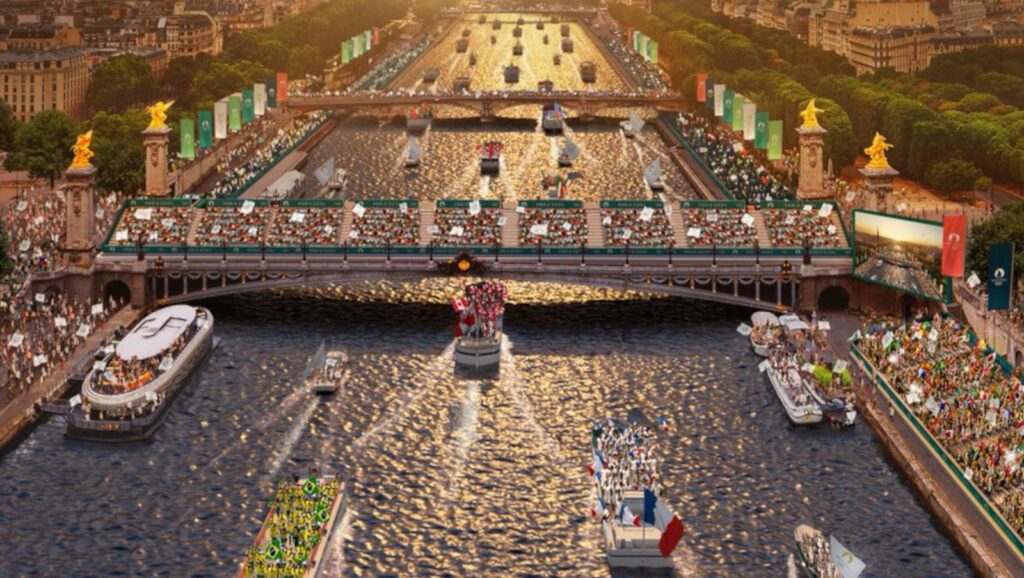
Undeterred, the Olympic Broadcasting Service has elaborate plans to cover this unique event from land, sea, and air. The broadcast team will utilize three helicopters, eight drones, and four specially built stabilized boars, each fitted with seven cameras and three robotic arms. If you don’t believe your mobile phone is a movie camera, you should now, as the OBS will deploy more than two hundred mobile phones as what they call “POV cameras” in National Olympic Committee boats. Thank you, 5G!
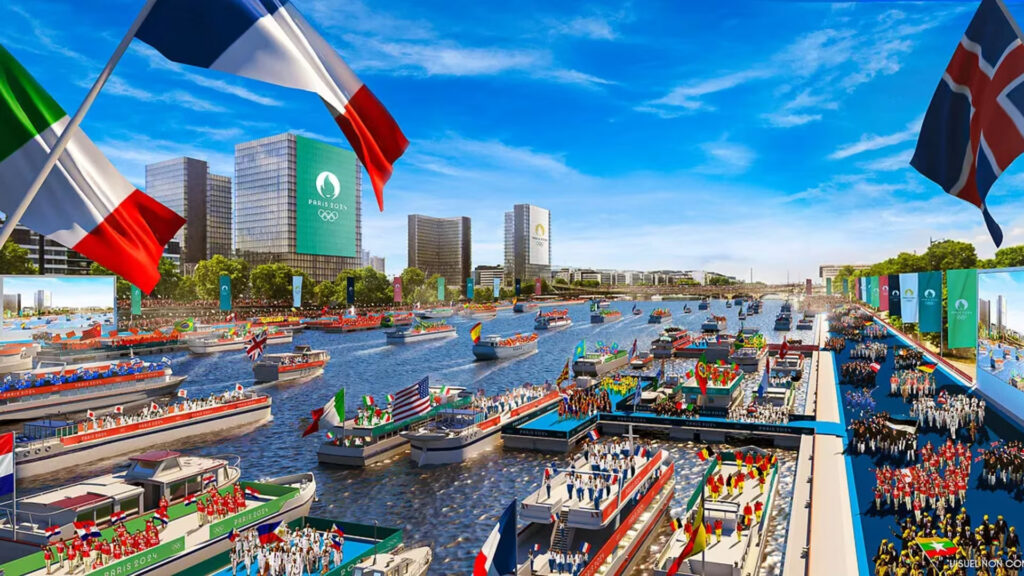
Meanwhile, the AFP will deploy dozens of content gatherers and hundreds of camera positions along the route on every facet, team, and Opening Ceremonies presentation to outlets worldwide in six languages.
From a project planning standpoint, the OBS and AFP see the Paris Games as two events. Given its magnitude, impact, and planning requirements, the Opening Ceremony is a stand-alone event, while the Games are separate. In both cases, the broadcaster and media gatherer plan to go to great lengths to celebrate the city and country’s history. That starts with a nod to Paris being the birthplace of cinema.
In December 1895 in Paris, the first presentation of a projected moving picture to a paying audience was staged by the Lumière brothers. In tribute to this innovation in Paris and to capture the city’s beauty, the OBS will utilize cinematic lenses for the first time in Games history. These lenses bring more emotional storytelling in broadcasts for MLB and NFL, and I suspect they will do the same in Paris.
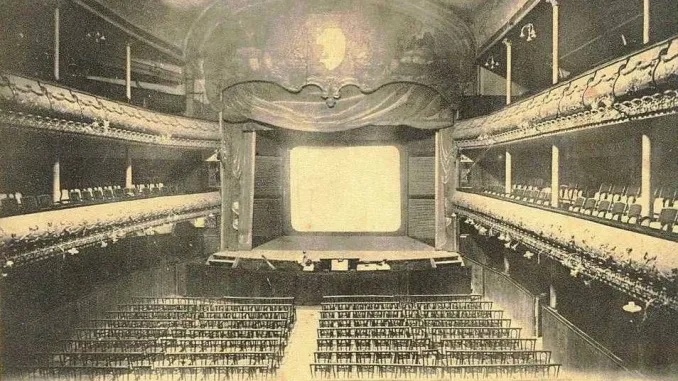
While the cinematic approach is a nod to history, the next wave of broadcasting is also receiving its nod as new sports to the Olympics, such as Breaking, Skateboarding, and 3v3 Basketball, are being shot and broadcast live in 8k, which will provide incredible detail and lifelike imagery. Now, if only I had an 8k TV!
A significant non-technical feature of the 2024 Games broadcasts is the ongoing effort to ensure gender balance. These Games are touted as the first gender-equal Olympics in history, which, due to the complexity of national athlete selection, may still need to be realized, but that is the plan. The OBS is putting thoughtful and inclusive planning in place to ensure equal representation behind the camera.
These plans include a 50% increase in hiring of female commentators in comparison to Tokyo 2020 and staffing two-thirds of broadcast venue management roles with women. A critical ongoing initiative is the IOC Portrayal Guideline, which ensures that all athletes are featured for their athleticism, not superficial reasons. Suffice it to say that the broadcast product should feel more inclusive to the viewer by being more diverse behind the camera and on the microphone.
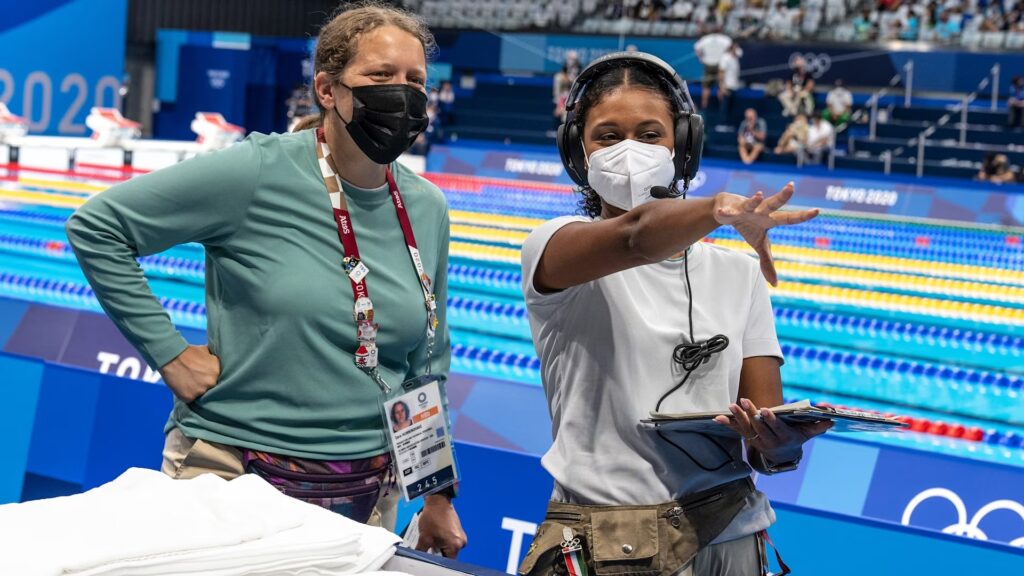
In addition to pushing harder for gender equality, the OBS is also highly conscious of reducing its sustainable footprint. Despite the expansion of coverage, use of more innovative tech, and the complexity of the Opening Ceremonies, they claim to be using 29% less power for their efforts. It will be heralded as a creative and impactful approach if they succeed.
I doubt Mr. Bean will return to the Paris Opening Ceremonies, but I suspect the organizers will have some celebrity cameos for the fans. No doubt. However, we all know the athletes are true stars of the Olympics. Paris 2024 will be a thrilling opportunity to witness packed venues cheering on these competitors who have worked all their lives for their Olympic moment.
It will be the first time since 2018 that international fans from across the globe will experience the Games’ environment in real life.
Indeed, the pandemic convinced me that sports aren’t sports without the fans. You will agree. That impact applies to the in-person experience and the broadcast experience almost equally. Fans in the stands and throughout the city of Paris will make the athlete experience even more rewarding and bring an exciting atmosphere to you wherever you are watching. However, you are consuming, whether it be your mobile phone, your flatscreen at home or on a movie theatre screen near you.
